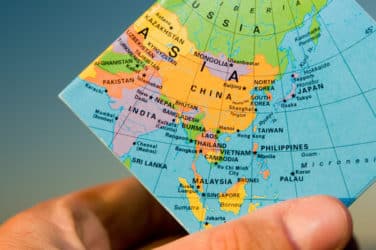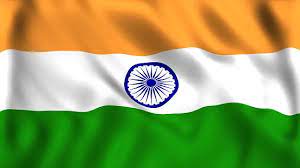
As trading volumes remain weak in their home markets, Europe’s largest derivatives exchanges are shifting their attention to Asia in a bid to tap into the burgeoning arena.
In the last week alone, NYSE Euronext’s Liffe and Deutsche Börse’s Eurex, which dominate European interest rate trading at the opposite ends of the timeline and between them have a near duopoly in some European exchange-traded derivatives contracts, both announced initiatives to strengthen their positions in Asia.
Eurex is reducing connection fees by 50% until 2014 for trading participants based in Asia and Australia and is extending bandwidth access at data centers it uses in Hong Kong and Singapore.
“By making these improvements we aim to further drive our strategic objective of offering Asian and Pacific based participants high-speed and cost efficient access to European exchange-traded derivatives and clearing services,” said Michael Peters, executive board member of Eurex.
NYSE Euronext, meanwhile, signed a memorandum of understanding with the Taiwan Futures Exchange, which will see closer co-operation between the two exchanges and develop two-way order routing to facilitate reciprocal order flow.
“Taiwan is a major trading market for futures and options in Asia and, as a group, NYSE Euronext is actively seeking strategic opportunities that enhance our regional footprint,” said Dominique Cerutti, president and deputy chief executive of NYSE Euronext. “Asia is a core market and strategic priority for NYSE Euronext.”
Derivatives trading currently takes place mainly in the U.S. and Europe but Asia is becoming a new battleground for derivatives exchanges. U.S. giants CME Group and IntercontinentalExchange both already use Singapore as their Asian base and have been adding staff to the region.
In March, Eurex also made a play in Singapore as it announced plans to enter into agreement with the Singapore Exchange to link their data centers to allow traders of each other’s derivatives products easier and cheaper access. Eurex has also had a deal in place since March 2010 with the Korea Exchange to allow South Korea’s blue-chip index, the Kospi 200, a heavily traded futures contract, to be traded on Eurex during European and U.S. trading hours.
NYSE Euronext has also been increasing its Asian tie-ups in recent times. It counts partnerships with several Chinese exchanges, including the China Financial Futures Exchange, while it also this week signed a memorandum of understanding with the Bank of China to take advantage of the increasing importance of the renminbi in capital markets as it looks to jointly develop renminbi-denominated financial products.
Exchanges in general are looking to cultivate co-operation agreements, after some high-profile failed mergers in the past year or so—most notably between NYSE Euronext and Deutsche Börse—as a way of getting round regulatory hurdles over potential tie-ups to form greater network linkages.
“In response to the rapidly changing global financial landscape, collaboration between exchanges has become increasingly important,” said Steve Wang, president of the Taiwan Futures Exchange.





